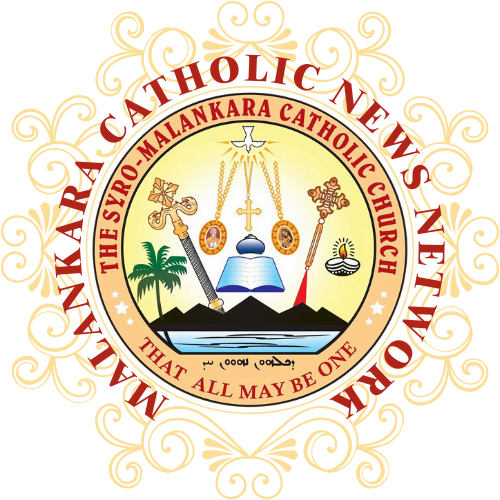Eastern Rite Ceremonies at Trivandrum
Impressive Eastern Rite ceremonies were held at Trivandrum, India, at the obsequies of Archbishop Mar Ivanios, of Trivandrum, whose death occurred on 15 July, at the age of 70, after a long illness.
Archbishop Ivanios is well remembered in Melbourne as a picturesque and distinguished visitor to the Diocesan Centenary Celebrations in 1948.
Known as the Newman of India, he was till 1930, leader of the schismatic rite subject to the Jacobite Patriarch of Antioch. On his conversion to the Catholic Faith, Archbishop Ivanios became the leader of a new Catholic rite, the Syro-Malankara, and brought with him four schismatic bishops, about 125 priests, and over 60,000 lay people.
According to the custom of the Jacobite Church and the new Catholic rite which Archbishop Ivanios introduced into the Catholic Church, his remains were seated on the throne of St. Mary’s Pro-Cathedral after his death. His body was dressed in his episcopal robes, his pastoral staff was clasped into one hand, the cross in the other. Seated on the throne, his frail remains received the last respects from his priests, nuns, and the laity. They passed by in silent reverence and kissed the staff and cross.
The morning of the funeral, the remains of the Archbishop were seated in a carriage, and a solemn procession took them from St. Mary’s Pro-Cathedral to the crypt of the still unfinished new cathedral. Thousands who followed the Archbishop into the Catholic Church and many thousands more lined the streets of the city as the Archbishop’s carriage was drawn through the city.
After a Solemn Requiem, his remains were entombed in a sitting position in the main niche to the crypt of the cathedral. The Archbishop was the first to be buried in the cathedral which he started.
Among prelates attending the rites were Archbishop Joseph Attipetty, Latin Rite Archbishop of Veropoly, and Syro-Malabar Bishop Matthew Kavukatt of Changanacherry, who delivered the funeral oration. Before being laid in the crypt, the remains were divested of the episcopal insignia and vestments and garbed in a yellow robe, and the face covered by a cloth of yellow velvet.

